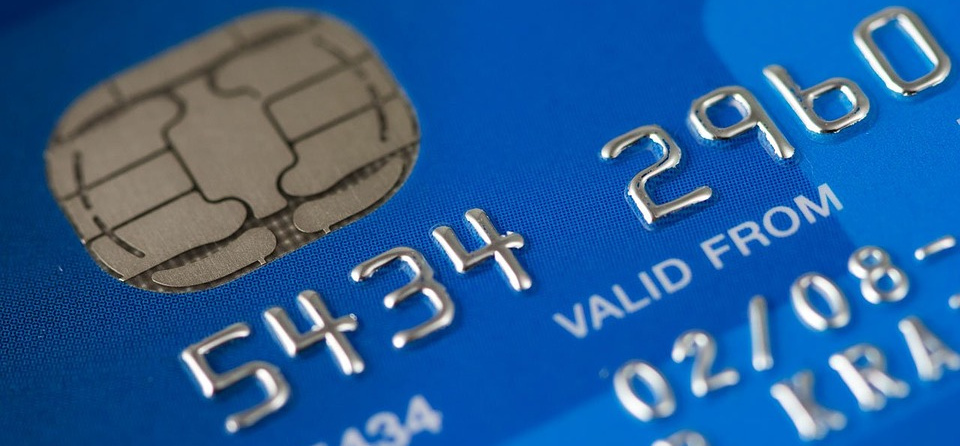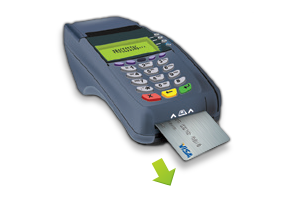[fusion_builder_container hundred_percent=”no” equal_height_columns=”no” hide_on_mobile=”small-visibility,medium-visibility,large-visibility” background_position=”center center” background_repeat=”no-repeat” fade=”no” background_parallax=”none” parallax_speed=”0.3″ video_aspect_ratio=”16:9″ video_loop=”yes” video_mute=”yes” border_style=”solid”][fusion_builder_row][fusion_builder_column type=”1_1″ layout=”1_1″ background_position=”left top” background_color=”” border_size=”” border_color=”” border_style=”solid” border_position=”all” spacing=”yes” background_image=”” background_repeat=”no-repeat” padding=”” margin_top=”0px” margin_bottom=”0px” class=”” id=”” animation_type=”” animation_speed=”0.3″ animation_direction=”left” hide_on_mobile=”small-visibility,medium-visibility,large-visibility” center_content=”no” last=”no” min_height=”” hover_type=”none” link=””][fusion_text]
Have you ever wondered what EMV stands for? Or maybe you’re unsure of what EMV means for your business? Century Business Solutions is here to answer your questions.
EMV stands for Europay, MasterCard, and Visa. EMV is now a global standard for inter-operation of integrated circuit cards (IC cards also referred to as “chip cards”), IC card capable point of sale terminals and automated teller machines, for authenticating credit and debit card transactions. So why make things more complicated and change the system now?
[/fusion_text][fusion_imageframe image_id=”31557″ style_type=”none” hover_type=”none” align=”none” lightbox=”no” linktarget=”_self” hide_on_mobile=”small-visibility,medium-visibility,large-visibility” animation_direction=”left” animation_speed=”0.3″]https://www.centurybizsolutions.net/wp-content/uploads/2013/12/What-is-EMV-01-e1493935715895.png[/fusion_imageframe][fusion_text]
There are two main reasons why creditors are making an EMV push: improved security (fraud reduction) and the possibility of finer control of “offline” credit card transaction approvals.
EMV is Security
Those EMV chips you see on new credit cards are actually microprocessors. Whereas a standard magnetic credit card reader reads a credit card number and expiration date and passes it to a merchant, the microprocessor on an EMV-enabled credit card communicates with a special card reader, providing a unique transaction ID. EMV chip cards improve security against fraud because they cannot be replicated as easily as cards with magnetic strips.
EMV technologies are already fully implemented and utilized in the EU region and Canada, but are slowly making their way into the United States. As a matter of fact, EMV is getting quite a bit of traction in the United States, with dates of 2015 and 2017 set to shift liability to merchants that have not invested in the EMV technology. Postma, an EMV expert at TMG, stated, “Ultimately, long term, EMV will help mitigate the fraud landscape. However, the migration to EMV is going to take several years and according to statistics I’ve seen, only about 40% to 45% of merchants and issuers by the 2015 date will be EMV-enabled. So once that liability shifts, there won’t be an automatic reduction in fraud. It will take several years.”
The Progression of EMV in The United States
In order to enhance security measures for EMV before it arrives in the United States, credit card companies are exploring the possibility of linking credit cards with mobile phones. For example, some have suggested that credit card companies require a card user to text a unique password every time a transaction is initiated by the user. They are also looking into using mobile location technology to compare and confirm with a transaction’s IP address to see if there is a geographical match between where the user is and where the transaction is trying to be approved. The EMV Migration Forum, an independent cross-industry organization, was created to address issues that require cooperation and coordination across the payment space in order to successfully introduce secure EMV contact and contactless technologies in the United States. The organization says that its membership has grown to 133 member organizations from throughout the entire payment industry, including global payment brands, financial institutions, merchants, processors, acquirers, regional debit networks, industry suppliers, and industry associations.
Who Does EMV Affect?
If you accept card-present transactions at all, this affects you. Whenever you swipe a physical EMV credit card through a standard card reader, you’re liable for that transaction if it turns out to be a bad one – that is, beginning in October. The fact that you only accept a couple of physical credit card transactions per month doesn’t absolve you from liability – and, in fact, some merchants may even realize your ignorance and target you for fraud for that very reason. Don’t subject yourself to this.
Who DOESN’T EMV Affect?
The EMV liability shift does not affect merchants who accept card-not-present transactions. As EMV is a physical card characteristic, merchants who only enter card numbers into their terminal, gateway, or accounting system plugin won’t reap the benefits of EMV technology.
Summing It All Up
So with all that said… what does this mean for merchants? With talks of an EMV switch, merchants have come together to show resistance to the changes due to the extra incurred costs of making the switch to accept EMV credit cards. Although the switch would reduce fraud, it also allows credit card companies to shift all liability to merchants and the consumer. To add insult to injury, merchants would also be forced to buy new point of sale terminals to accept these new type of secure credit cards. For this reason, many large nationwide fast food chains and retailers such as Wendys, Costco, and Sinclair Oil Corp have argued the benefits of moving to EMV cards.[/fusion_text][/fusion_builder_column][/fusion_builder_row][/fusion_builder_container]




